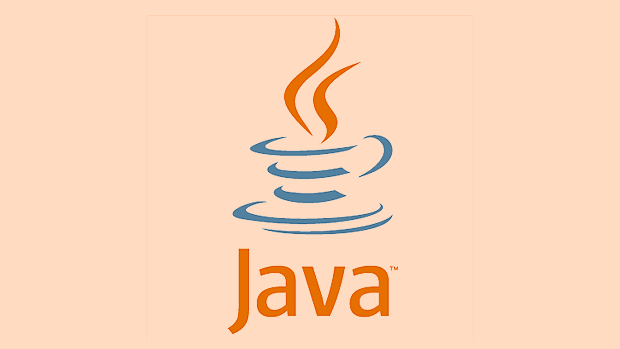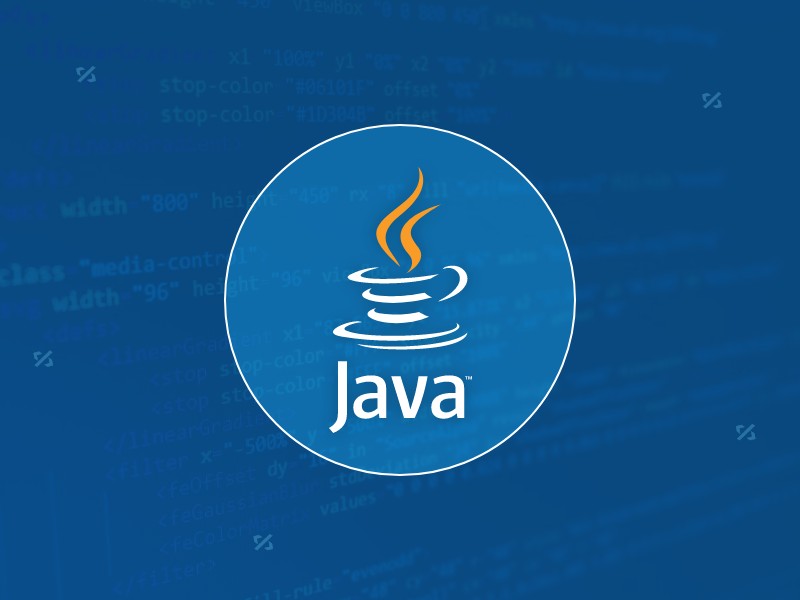Common usage scenarios for JNI include improving the execution efficiency of performance-sensitive parts, accessing operating system or hardware-specific features, reusing existing local library resources, and enhancing security and anti-reverse protection. 1. For high-performance tasks such as image processing, encryption and decryption, C/C can be used to implement key logic to improve efficiency through JNI, but attention should be paid to cross-language call overhead; 2. When accessing device drivers, sensor data or system APIs is required, it can be implemented with the help of the JNI call platform-related local libraries, and compatibility issues must be considered; 3. In order to reuse existing C/C code assets, it can be encapsulated through JNI for Java application calls to reduce duplicate development, but a reasonable interface should be designed; 4. Placing the key logic at the native layer can increase the reverse difficulty, and is suitable for payment, authorization verification and other scenarios, but cannot be used as the only security means. Although JNI is powerful, it also brings debugging difficulties and cross-platform complexity, which need to be traded down.

JNI (Java Native Interface) is part of the Java platform, which allows Java code to interact with local code (such as C, C). Many people are exposed to JNI because they need to call non-Java-implemented features in Java, or want to improve the performance of certain critical paths. The following common usage scenarios can help you understand when JNI will be used.

Improve the execution efficiency of performance-sensitive parts
For some operations that require extremely high performance, such as image processing, encryption and decryption, or high-frequency computing tasks, pure Java implementations may not meet the requirements. At this time, this part of the logic can be implemented in C/C through JNI and then called in Java to obtain higher execution efficiency.

- Suitable for hotspot function optimization, rather than rewriting the entire application with local code
- It should be noted that cross-language calls themselves also have overheads and cannot blindly replace all Java code.
For example, an audio and video encoder may implement the core algorithm in C and use it to the upper Java control logic through the JNI exposure interface.
Access operating system or hardware specific features
Although the Java standard library covers a wide range of coverage, not all system-level functions can be directly accessed. For example, when accessing specific device drivers, reading hardware sensor data, and calling Windows APIs or Linux kernel features, it needs to be implemented with the help of JNI.

- This type of scenario usually depends on the platform-related local library
- Pay special attention to compatibility issues when developing and deploying, such as different CPU architectures, operating system versions, etc.
For example, some industrial control software will use JNI to call the underlying hardware interface to obtain real-time data.
Reuse existing local library resources
Many companies have a large number of legacy C/C code assets, which have been proven for a long time and are highly stable. If the cost of rewriting completely in Java is too high, it can be encapsulated through JNI and used for Java application calls.
- Can avoid duplicate development and improve development efficiency
- Consider how to design the appropriate interface to reduce frequent cross-language calls
For example, in some financial risk control systems, the core scoring model may be written in C, and Java front-end services can be accessed through JNI.
Security and reverse protection
Some projects place key logic in the native layer to increase the difficulty of reverse analysis. Although not absolutely safe, native code is harder to understand and modify than Java bytecode.
- Suitable for applications that have certain security requirements, such as payment, authorization verification, etc.
- It is not recommended to rely too much on this method for security protection, it can only be used as one of the auxiliary means.
For example, the anti-cheat module in the game, the license verification logic of commercial software, etc., often use the JNI method to hide key judgment logic.
Basically, these are the more common JNI usage scenarios. Although JNI is powerful, it also brings problems such as debugging difficulties and increasing cross-platform complexity. Therefore, whether to use it needs to weigh the pros and cons, not all situations are suitable for use.
The above is the detailed content of Introduction to Java Native Interface (JNI) Use Cases. For more information, please follow other related articles on the PHP Chinese website!

Hot AI Tools

Undress AI Tool
Undress images for free

Undresser.AI Undress
AI-powered app for creating realistic nude photos

AI Clothes Remover
Online AI tool for removing clothes from photos.

Clothoff.io
AI clothes remover

Video Face Swap
Swap faces in any video effortlessly with our completely free AI face swap tool!

Hot Article

Hot Tools

Notepad++7.3.1
Easy-to-use and free code editor

SublimeText3 Chinese version
Chinese version, very easy to use

Zend Studio 13.0.1
Powerful PHP integrated development environment

Dreamweaver CS6
Visual web development tools

SublimeText3 Mac version
God-level code editing software (SublimeText3)

Hot Topics
 How to implement operating system calls and JNI of Java underlying technology
Nov 08, 2023 am 10:51 AM
How to implement operating system calls and JNI of Java underlying technology
Nov 08, 2023 am 10:51 AM
How to implement Java underlying technology operating system calls and JNI. In Java programming, we usually use high-level language features and APIs for development. But sometimes, we need to access the underlying functions of the operating system to meet specific needs. In order to achieve this purpose, Java provides a mechanism-operating system calls and JNI (JavaNativeInterface). Operating system calls refer to Java programs accessing the underlying functions of the operating system by calling functions provided by the operating system. and
 What is the concept of jni in java
Apr 18, 2023 am 10:17 AM
What is the concept of jni in java
Apr 18, 2023 am 10:17 AM
Description 1. The main function of jni. The jni standard has become part of the java platform since jdk1.1. It provides a series of APIs that allow java to interact with other languages, and enables calling functions of other languages ????in java code. 2. Normally we use jni to call code in c or c++. Example publicclassJniTest{static{System.loadLibrary("MyNativeDll");}publicstaticnativevoidcallCppMethod();publicstaticvoidmai
 What is the role of jni in java
May 19, 2023 am 11:25 AM
What is the role of jni in java
May 19, 2023 am 11:25 AM
jni meaning: The main function of jni is that the jni standard has become part of the java platform since jdk1.1. It provides a series of APIs that allow java to interact with other languages, and enables calling functions of other languages ????in java code. Generally, we use jni to call code in c or c++. Usage example: publicclassJniTest{static{System.loadLibrary("MyNativeDll");}publicstaticnativevoidcallCppMethod();publicstaticvoidma
 How to implement JNI and local method invocation of Java underlying technology
Nov 08, 2023 pm 12:26 PM
How to implement JNI and local method invocation of Java underlying technology
Nov 08, 2023 pm 12:26 PM
How to implement Java's underlying technology - JNI and native method calls. Java is a cross-platform programming language, but sometimes we need to interact with the underlying C or C++ code. In Java, we can access local methods through JNI (JavaNativeInterface) to communicate with the underlying code. This article will introduce how to use JNI to implement Java and native method calls, and provide some specific code examples. First, we need to prepare a Java class that
 What is the Java Native Interface (JNI)?
Jul 22, 2025 am 03:38 AM
What is the Java Native Interface (JNI)?
Jul 22, 2025 am 03:38 AM
JNI (JavaNativeInterface) is a framework for allowing Java code running in the JVM to interact with applications and libraries written in other languages such as C, C or assembly. Its core uses include: 1. Improve performance key parts; 2. Integrate legacy systems; 3. Achieve hardware access; 4. Utilize platform-specific functions. When using it, you need to mark the native method and link it to the shared library. When called, the JVM will look for the corresponding function to execute, and at the same time operate the Java object through the JNIEnv pointer. Common problems include manual cleaning of memory management, validity of JNIEnv in threads, exception checking and naming specifications, and debugging requires combining tools such as jdb and GDB.
 Introduction to Java Native Interface (JNI) Use Cases
Jul 04, 2025 am 12:26 AM
Introduction to Java Native Interface (JNI) Use Cases
Jul 04, 2025 am 12:26 AM
Common usage scenarios for JNI include improving the execution efficiency of performance-sensitive parts, accessing operating system or hardware-specific features, reusing existing local library resources, and enhancing security and anti-reverse protection. 1. For high-performance tasks such as image processing, encryption and decryption, C/C can be used to implement key logic through JNI to improve efficiency, but attention should be paid to cross-language call overhead; 2. When accessing device drivers, sensor data or system APIs is required, it can be implemented with the help of the JNI call platform related local libraries, and compatibility issues should be considered; 3. In order to reuse existing C/C code assets, it can be encapsulated through JNI for Java application calls to reduce duplicate development, but a reasonable interface should be designed; 4. Placing the key logic at the native layer can increase the reverse difficulty
 Explain the concept of Java Native Interface (JNI).
Jul 06, 2025 am 01:11 AM
Explain the concept of Java Native Interface (JNI).
Jul 06, 2025 am 01:11 AM
JNI (JavaNativeInterface) is a framework that allows Java code to interact with local applications or libraries written in other languages ??such as C, C, or assembly. 1. Its main function is to serve as a bridge between Java and local code, so that Java can safely break through the isolation of JVM to access system resources; 2. Usage scenarios include calling high-performance mathematical libraries, connecting to platform-specific APIs, or encapsulating native SDKs; 3. The usage steps include declaring native methods, generating C/C header files, implementing and compiling into shared libraries, and loading the library in Java; 4. Notes include using JNI types for data type differences, operating Java objects must be done through JNI functions, and debugging.
 Java Native Interface (JNI) Explained with Examples
Jul 28, 2025 am 12:20 AM
Java Native Interface (JNI) Explained with Examples
Jul 28, 2025 am 12:20 AM
JNI allows Java code to interact with local code written in C/C and other languages, and implement it as a shared library by declaring native methods, generating header files, writing and compiling C as a shared library, loading the library and running the program to achieve calls; 2. Data is converted between Java and local types through JNI functions, such as jstring and char*; 3. Local code can callback Java methods, and you need to obtain class references, method IDs and use functions such as CallVoidMethod; 4. When using it, you need to pay attention to naming specifications, exception checking, memory management, thread safety and performance overhead; 5. Applicable to access system resources, reusing native libraries or improving performance, but you should avoid using them when pure Java can solve or emphasize portability; JNI is strong






